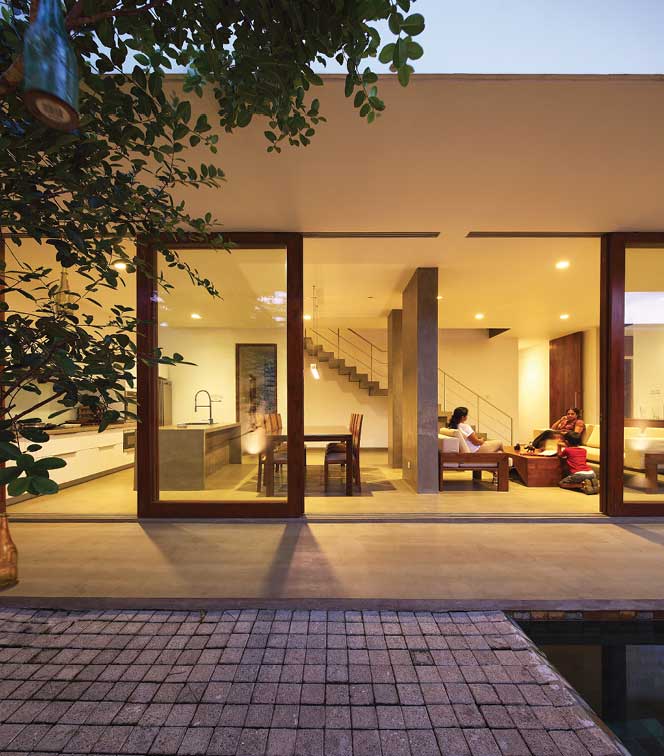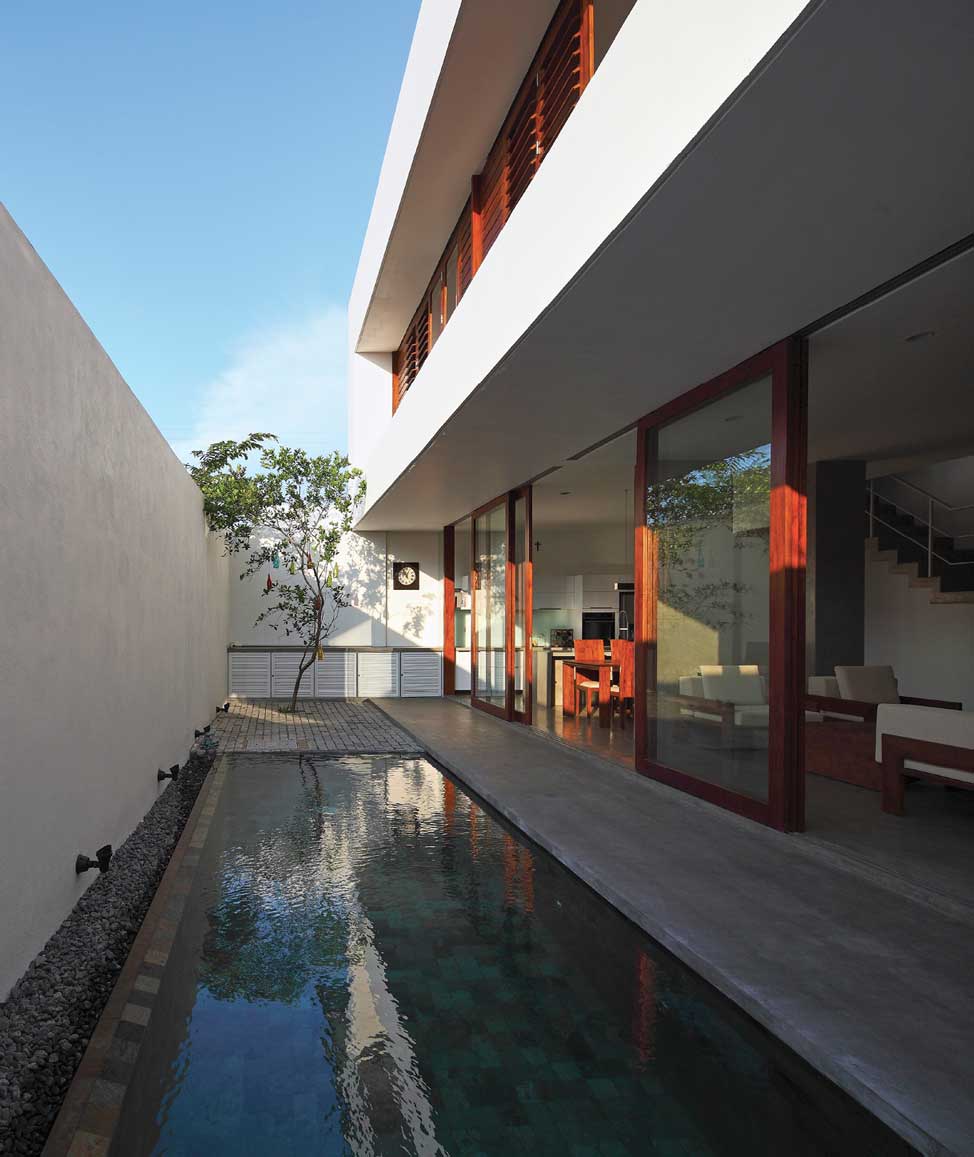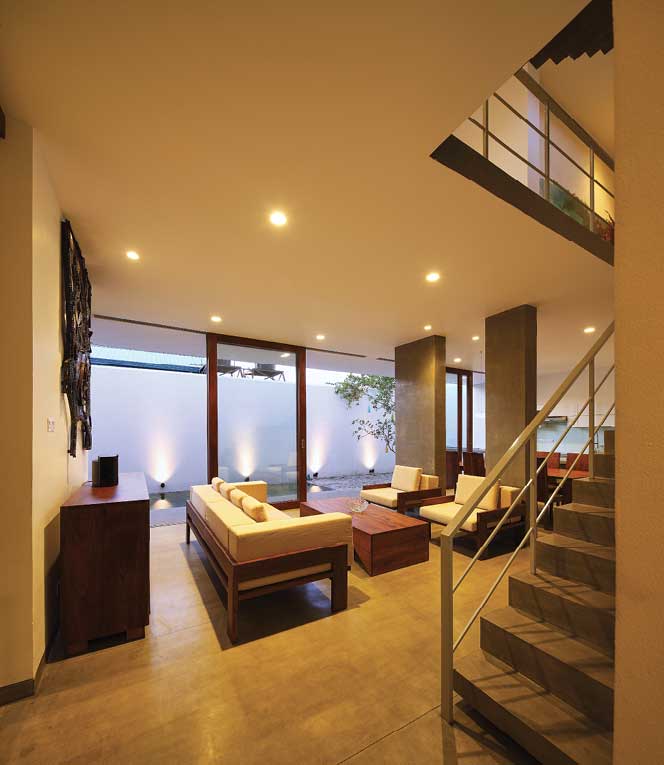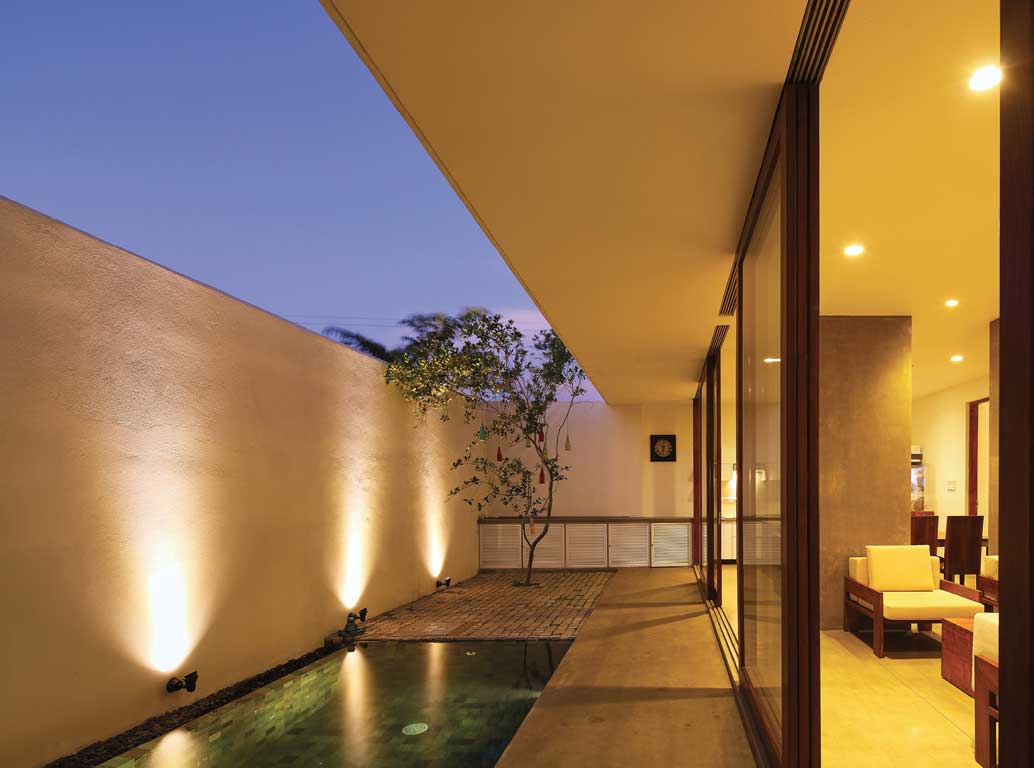BUILDING IDENTITY
Enlivening architecture through arts and science
Pinnya Samaratunga in conversation with Lashani Ramanayake
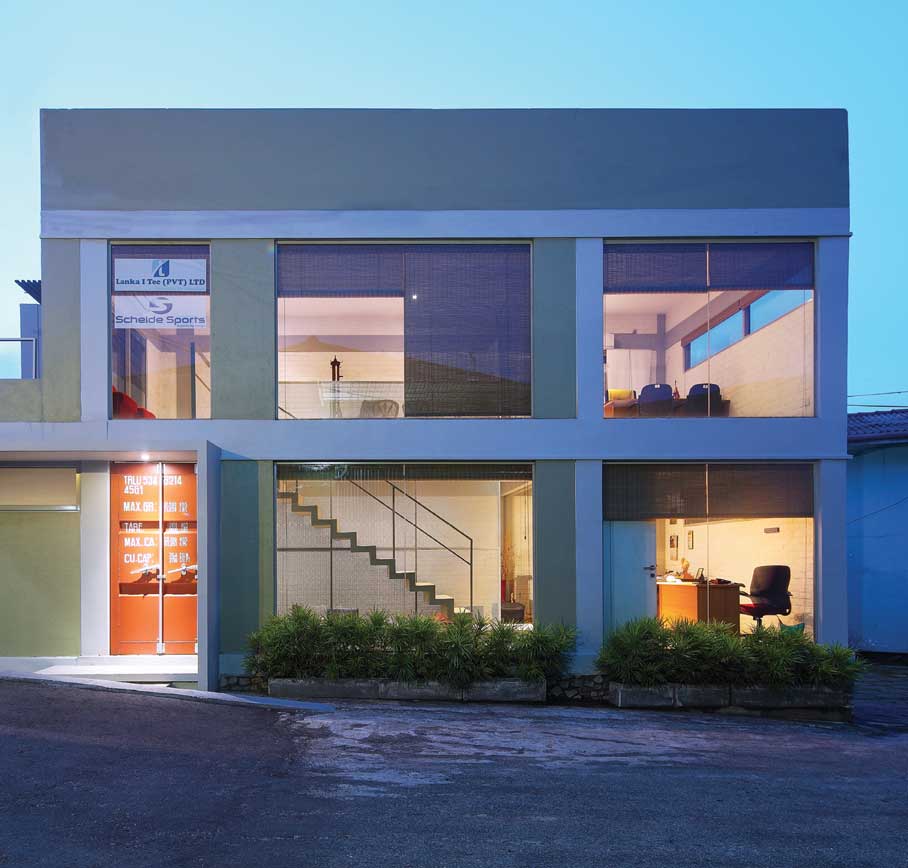
Pinnya Samaratunga grew up with many opportunities to spend time in buildings designed by renowned Sri Lankan architects. This constant inspiration together with her fascination for the built fabric of this country set her career path at an early age.
Her most memorable accomplishments include winning the Award of Excellence from the Sri Lanka Institute of Architects (SLIA). She is also the first woman architect to win the Young Architect of the Year Award. These awards are special to Samaratunga because they recognise the hard work, skill and commitment of everyone involved in her projects.
Q: How would you describe the emotions behind architectural work?
A: Designing buildings means dealing with the lives of people. Architecture is not simply a set of drawings that’s turned into reality through a building. It’s much more and contains a high degree of sensitivity.
Architecture is a combination of the arts and sciences, and each project is special in its own context, given a client’s needs and actions required to meet them. The architectural outcome is enriched through a deep thought process; it directly and indirectly affects the lives of occupants, both in the short and long terms, and has lasting effects on the community.
Since Sri Lanka is a tropical country with abundant natural resources, it’s essential for structures that are designed and built to derive optimum gains from the envi-ronment. Therefore, building design calls for social responsibility.
Q: What are the major obstacles to the development of architecture in Sri Lanka?
A: Much of society is unaware of the advantages of scientific architectural designs created by engaging the professional services of qualified architects. Public aware-ness should be increased to address this shortcoming.
In terms of design and construction, there are many skilled construction labour service providers whose services could be formalised by entering into partnerships with them, and following the design and construction business methodology.
At present, an unorganised and unofficial setup exists for these labour service providers who should be recognised as part of the formal sector, and not relegated to subservient status by construction industry employers. This is a major setback for the healthy growth of the design and construction business and its methodolo-gy.
 Q: How effective is Sri Lanka in promoting the arts?
Q: How effective is Sri Lanka in promoting the arts?
A: Art is displayed very effectively through paintings, sculptures, street art, drama, live theatre, creative writing and of course, music – as well as many other mediums of expression in cities, suburbs, towns and villages.
Though art in architecture is predominantly the creation of one’s habitat and the living embodiment of a community, it isn’t being promoted and fostered properly. Human habitats should have the capacity to stimulate the mind and provide enjoyment to the occupants, as well as the community.
Through identity, language, materials, colours and textures, and creating cognitive spaces, the lives of users can be enriched. We must provide guidance on refining art in architecture so that it’s on a par with our national ethos and the spectrum of the nation’s values.
